Reading skills development Phonics Worksheets for Ages 3-4
5 filtered results
-
From - To
Nurture your child's early reading journey with our specially designed Phonics Worksheets for Ages 3-4. These engaging and interactive sheets focus on building foundational reading skills through phonics, introducing young learners to letters, sounds, and word formation. With colorful illustrations and playful activities, children will develop letter recognition, sound association, and basic reading abilities while enjoying the learning process. Perfect for parents and educators, our worksheets provide a joyful exposure to literacy, fostering a love for reading from a young age. Enhance your child’s reading skills development in an exciting and age-appropriate way with our fun phonics worksheets.
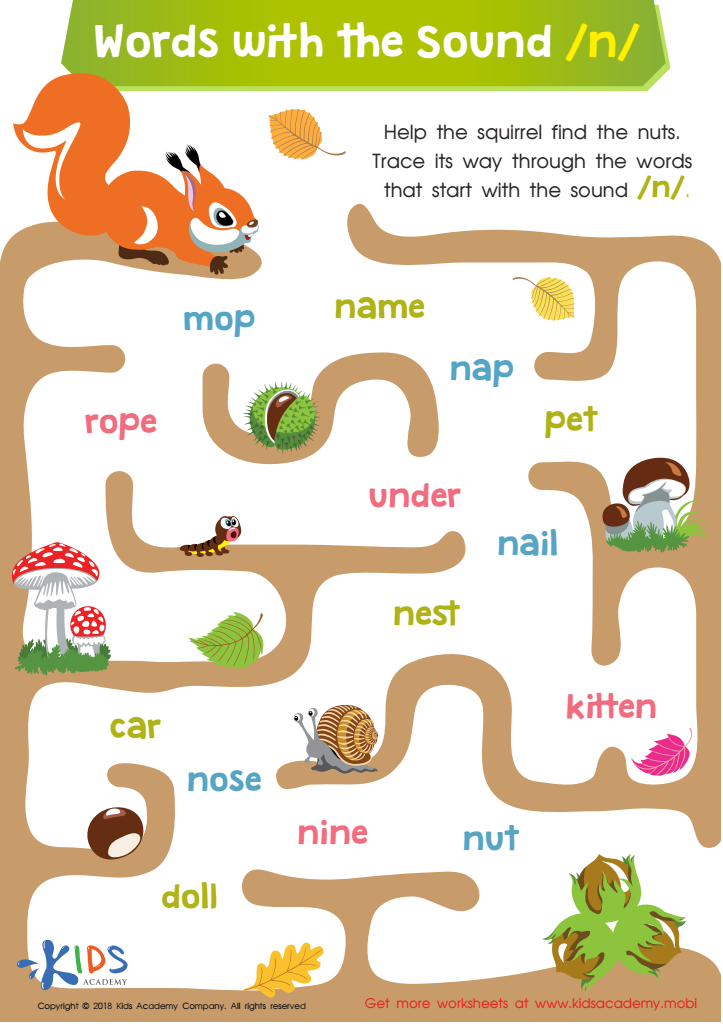

Words with Sound N Reading Worksheet
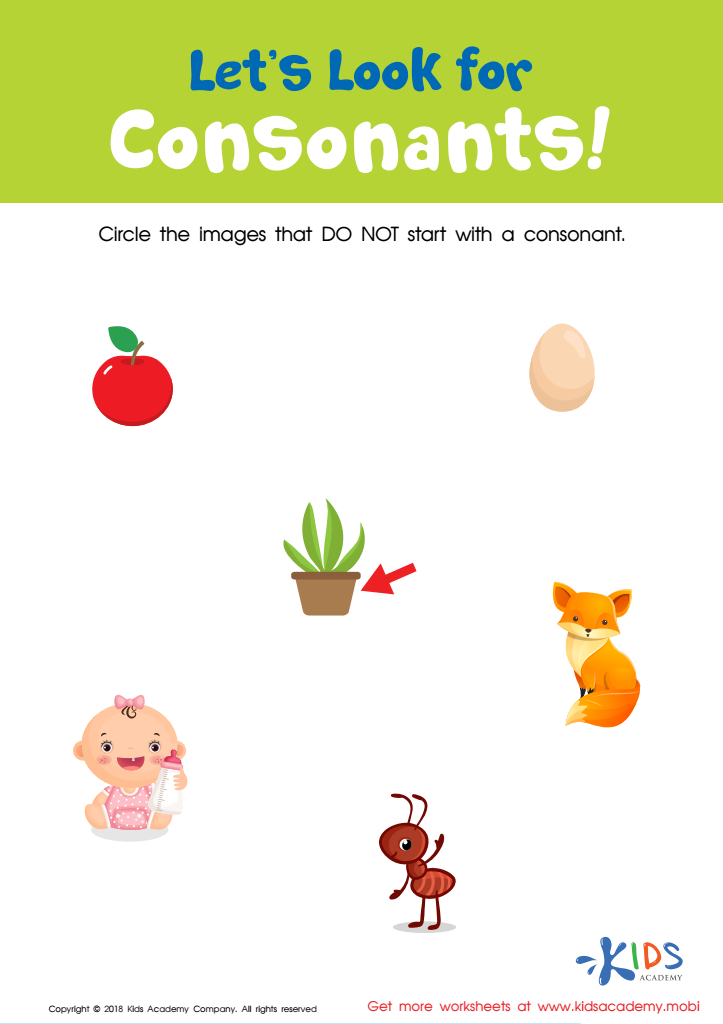

Let's Look for Consonants Worksheet
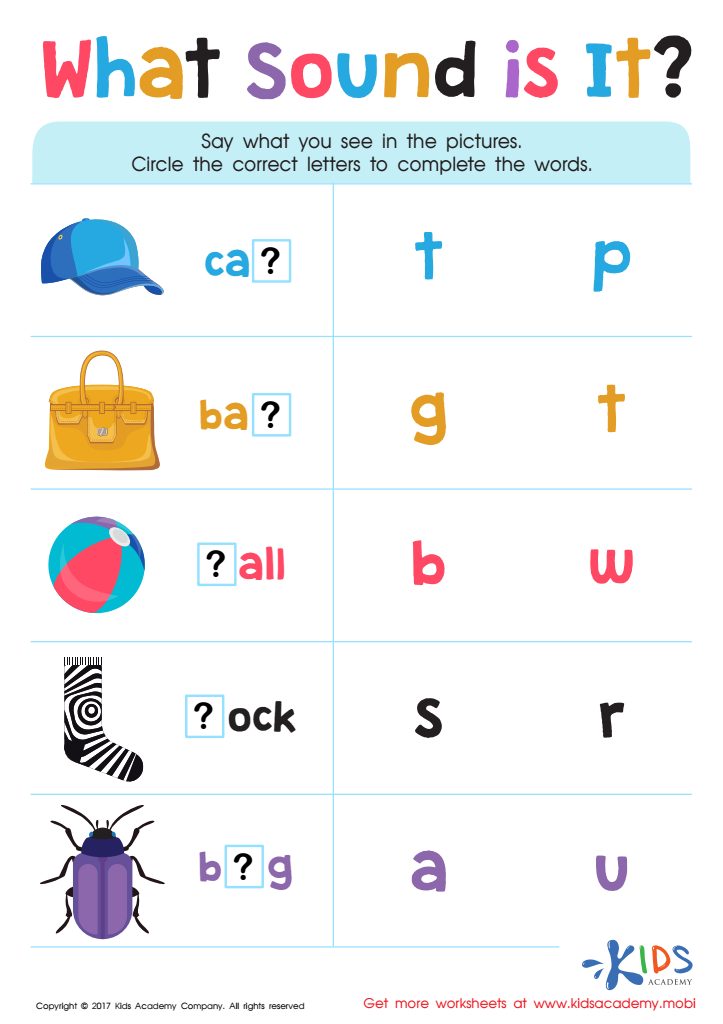

What Sound Is it? Worksheet
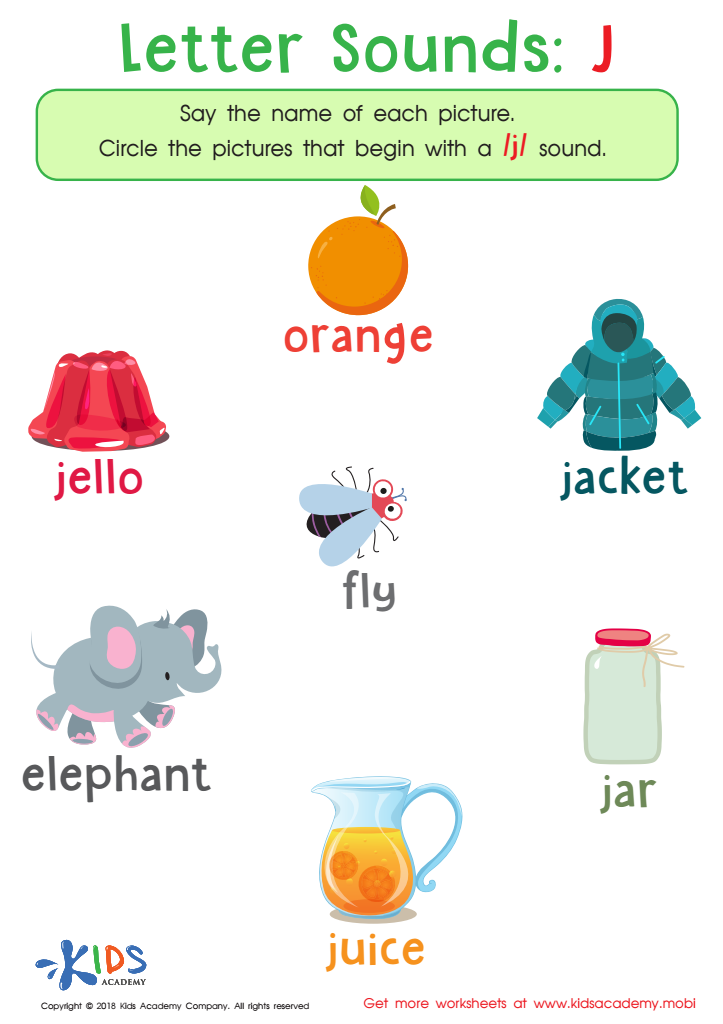

Letter Sounds: J Printable Worksheet
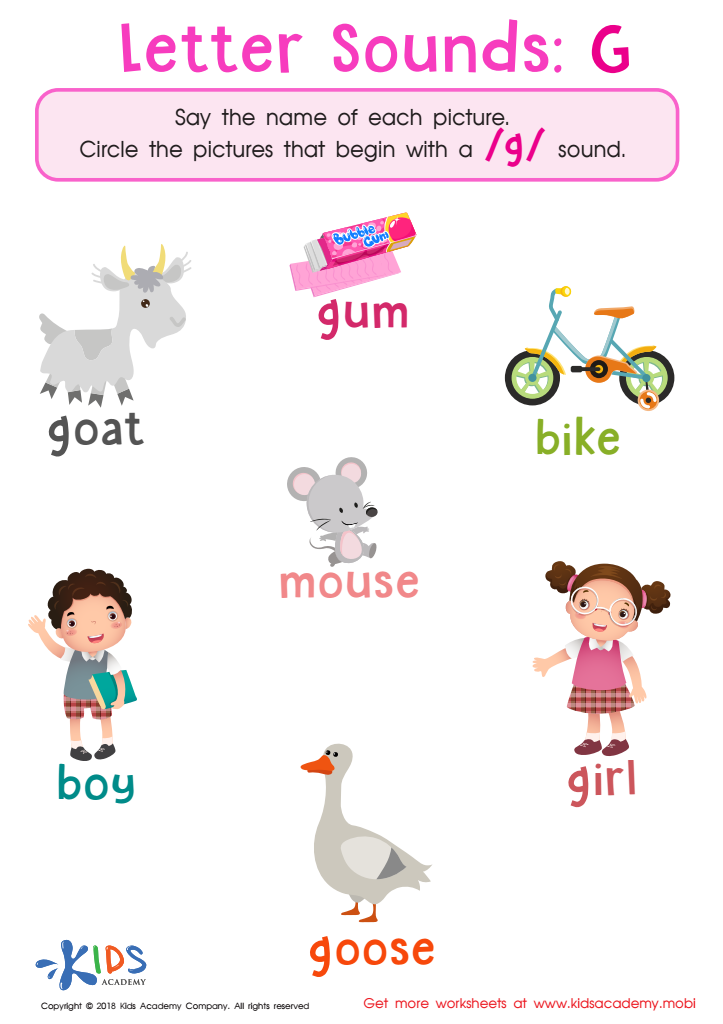

Letter G Sounds Worksheet
Fostering reading skills through phonics between the ages of 3-4 is crucial for several reasons. At this age, children are highly receptive to learning sounds, patterns, and rhythms of language—skills that are foundational for literacy. Phonics, which involves connecting spoken sounds with written letters, aids in developing a child's ability to decode new words, paving the way for fluent reading.
For parents and teachers, emphasizing phonics ensures that children build a strong grasp of the alphabet and recognize how letters combine to create words. This understanding is pivotal for reading comprehension and spelling, allowing children to read independently sooner and with greater confidence. Engaging young minds with phonics also enhances vocabulary and language usage, laying the groundwork for more sophisticated literacy skills needed as they progress in their education.
Moreover, early competence in reading can have a significant impact on a child's academic success and self-esteem. Children who grasp reading basics often show a greater interest in learning, exhibit better communication skills, and perform well in other subjects. Investing in phonics at an early age essentially equips children with critical tools for lifelong learning, influencing their overall intellectual and social development. By prioritizing phonics, parents and educators cultivate a generation of enthusiastic and capable readers.
 Assign to My Students
Assign to My Students



















